Lab Members
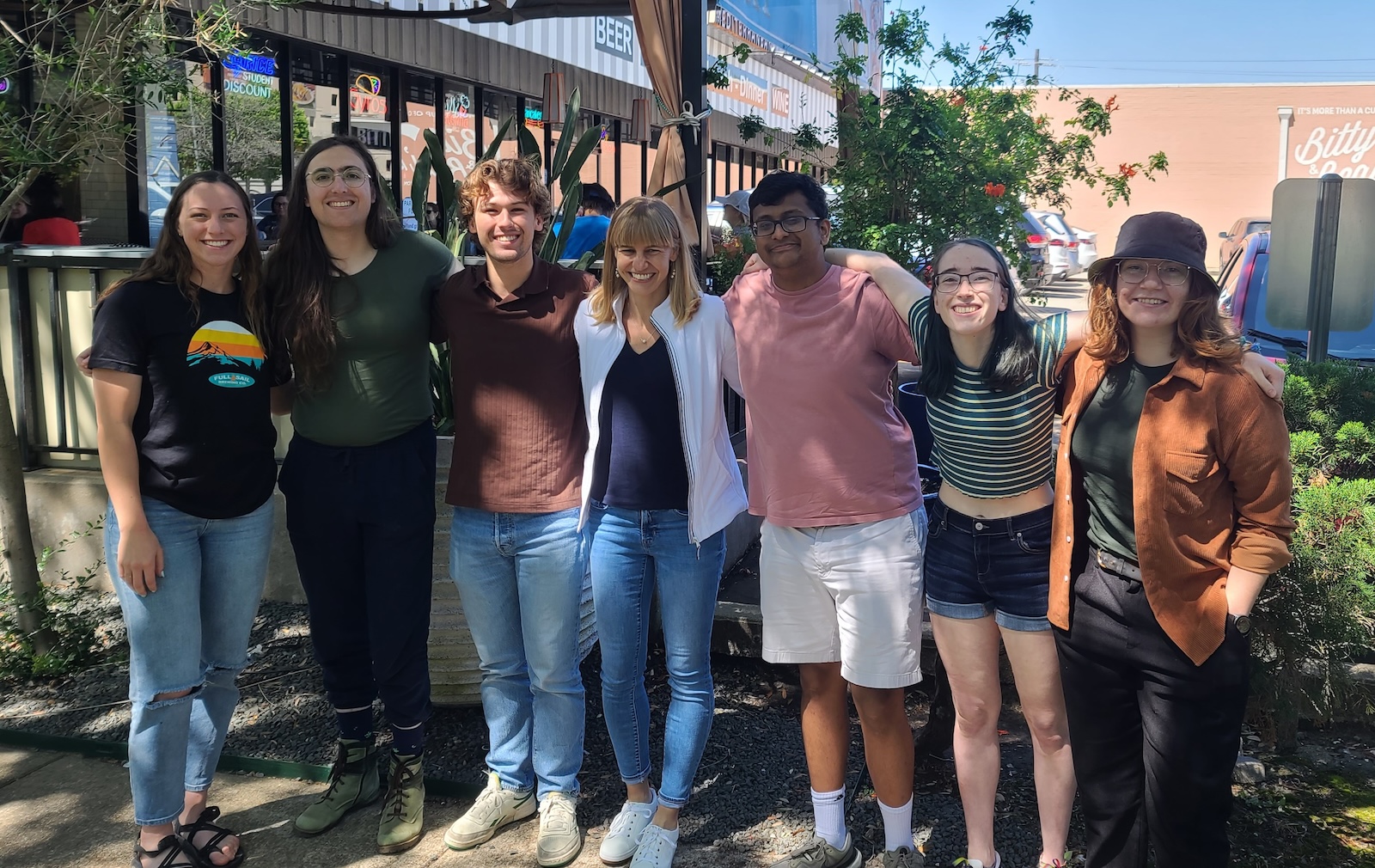
Welcome to the Siebach Lab website! We study the history of surface environments and water on Mars and early Earth using the stories recorded in sedimentary rocks. We are particularly interested in understanding the sedimentary cycle on Mars and comparing it to the terrestrial sedimentary cycle in order to better understand the uniqueness of Earth and the ancient habitable environments of Mars. We use imaging, geochemical, and mineralogical data from Martian spacecraft, especially rovers, along with data collected at analogous sites on Earth and visualization techniques to gain understanding of these systems.
Current Team
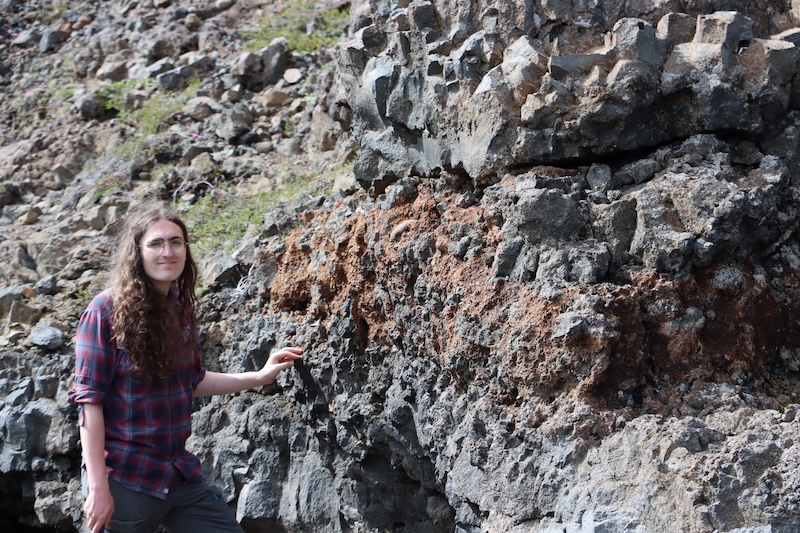
Audrey Putnam
[email protected]
Audrey (she/her/hers) is a graduate student at the Rice University Department of Earth, Environmental, and Planetary Sciences. She got her B.A. and M.S. in Earth Science at Dartmouth College, where she used quantitative geomorphology to study Martian deltas and rivers from orbital imagery and constrain the quantities of water and durations over which liquid water flowed and ponded on Mars' surface. Outside of research, Audrey enjoys reading, tabletop role-playing games, hiking, skiing, and whitewater canoeing.
Audrey is interested in understanding Martian sedimentary systems, hydrogeology, and alteration from a variety of perspectives and scales spanning orbital geomorphology and mineralogy to rover-scale sedimentology, mineralogy, and geochemistry. Her research is currently focused on understanding a basaltic, groundwater-influenced sedimentary system in Iceland as an analogue for Martian paleolake sediments. She is determining the mineralogy and chemistry of watershed bedrock and sediments in order to determine the formation processes/environment of the source bedrock, set a source composition to compare sediments to, and characterize the mechanisms and effects of sediment transport in this environment. She also collected remote datasets and performed geomorphic mapping before the field season to identify areas of interest as well as flew the lab's drone in the field. Audrey is currently working with Marlo Wilcox, a Rice undergraduate, to process the drone imagery into high resolution orthoimages and DEMs.
Eleanor (Ellie) Moreland
[email protected]
Ellie Moreland is a graduate student in the Department of Earth, Environmental, and Planetary Sciences at Rice University. Ellie received her B.A. in Geology from Washington University in St. Louis where she worked with remote sensing data to understand the composition of Martian sand deposits. Outside of academics, Ellie, working out and staying active, spending time outdoors, and hanging out with her cats.
Ellie’s research interests lie in combining methodology from computer science, math, chemistry, and mineralogy (and more!) to better understand Mars's current composition and geomorphology. Ellie's main project is working on The Mineral Identification by SToichiometry (MIST) algorithm (mist.rice.edu) for analyzing geochemical data returned from the PIXL instrument on the Mars 2020 Perseverance rover. Going forward, she hopes to continue using data and developing methods from here on Earth to use in conjunction with remote sensing data from Mars to fill fundamental gaps in understanding Mars' history.
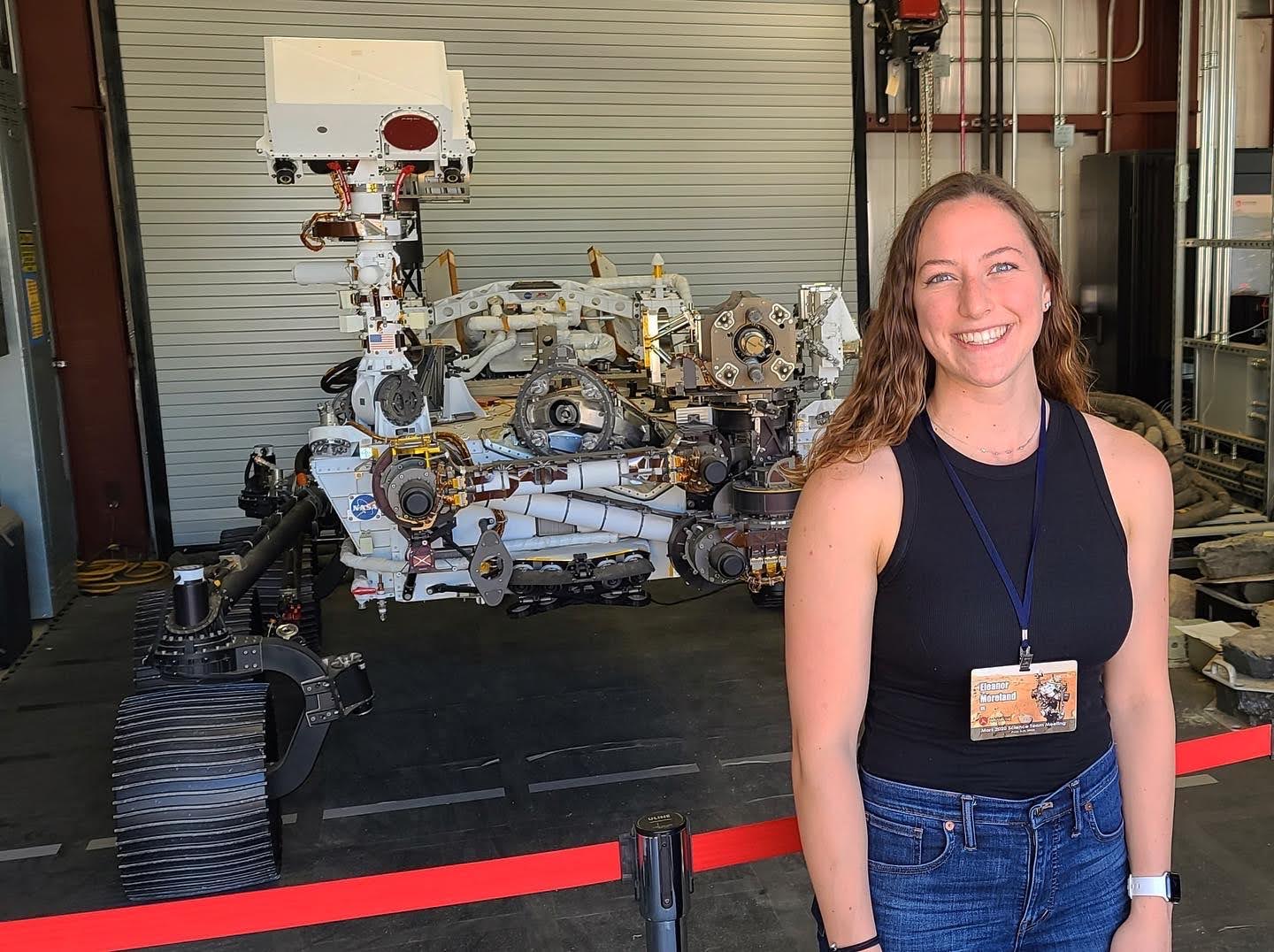
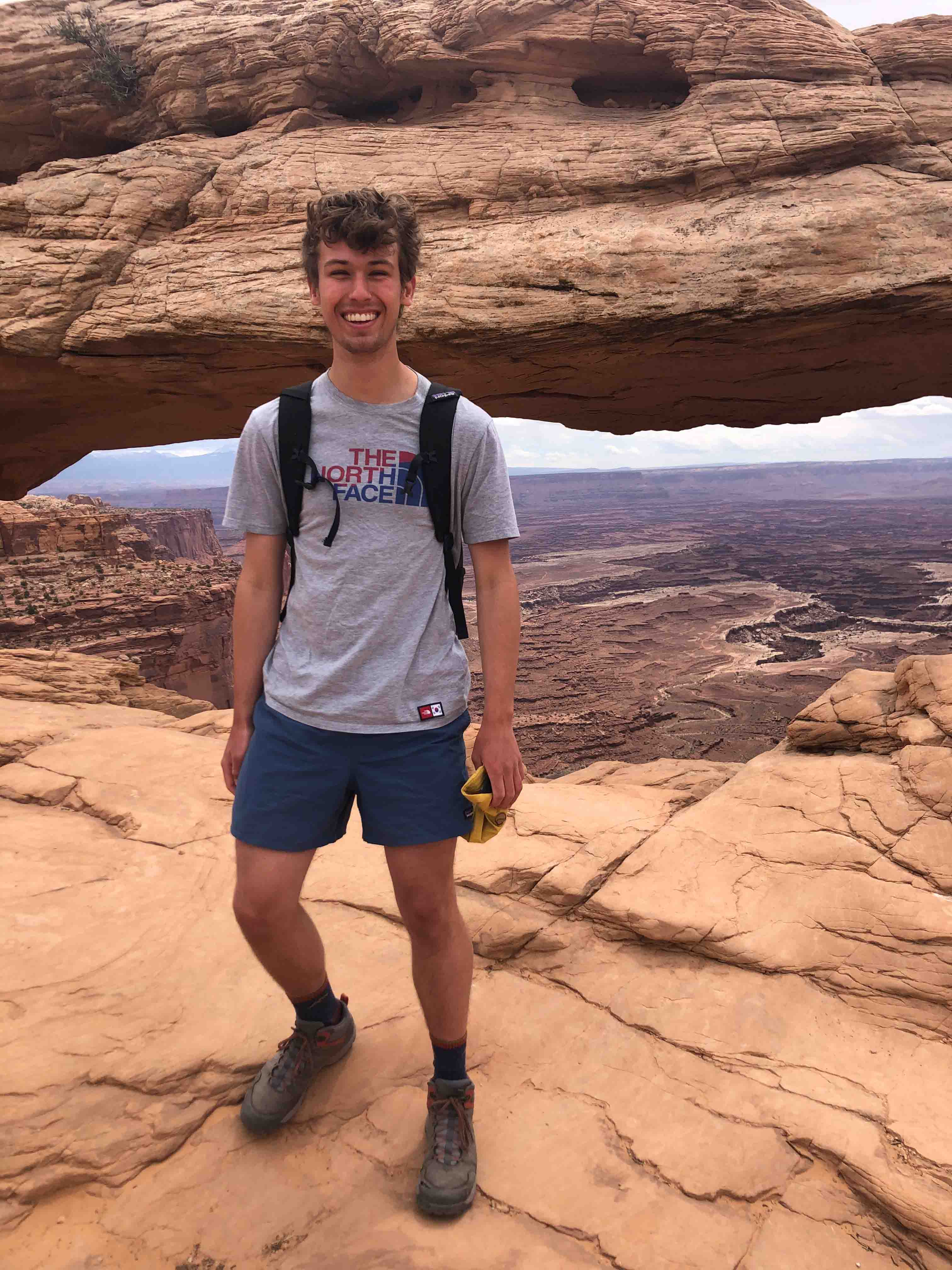
Jack Henry
[email protected]
Jack Henry is a graduate student in the Department of Earth, Environmental, and Planetary Sciences at Rice University. Jack graduated from Colorado School of Mines with a B.S. in Geological Engineering with a focus in mineral exploration. Alongside these studies, he participated on a research project quantifying the morphometrics of fan shaped features on Mars from orbital imagery to better characterize depositional environments.
Jack’s current research focuses on a multi-instrument interrogation of the geochemistry of rocks and sediments in Gale Crater, Mars. This work assembles data returned from a collection of instruments that measure the composition of geologic material at scales ranging from the size of a laser to a penny. In particular, Jack is interested in how Laser-Induced Breakdown Spectroscopy (LIBS), a technique employed by both the Curiosity and Perseverance rovers, zaps and measures the elemental composition of sands and fine powders on the surface of Mars. When he’s not shooting lasers at rocks, Jack enjoys reading science fiction, playing the violin, and rock climbing.
Daniel Sikes
[email protected]
Daniel Sikes (he/him) is a graduate student in the Department of Earth, Environmental and Planetary Sciences at Rice University. Daniel graduated with a B.S. in Physical Geography and a minor in Astrobiology from the University of Kansas. During his undergraduate studies, he explored research across a variety of topics, ranging from coastal sedimentology to identifying lunar cave candidates. His senior thesis used MATLAB image processing to constrain Martian surface ages via crater counting.
Daniel is interested in developing computational tools to help solve geochemical unmixing problems. While this approach has broad geological applications, he's especially excited about using it to better understand Martian surface processes. Outside of school, Daniel loves hiking a good nature trail, playing chess, and reading fantasy!


Marlo Wilcox
[email protected]
Marlo Wilcox is a senior undergraduate majoring in Environmental Science with a concentration in Earth Science. She is interested in arctic remote sensing, particularly with ecological applications. In her free time, she is an amateur photographer and enjoys watching and writing films. She is also an avid music listener (‘music’ amounting almost entirely to the Talking Heads).
Her research at Rice began her sophomore year, working with Audrey Putnam on processing high resolution drone imagery of a Mars analogue lake in Iceland. This inspired her interest in remote sensing and, incidentally, in polar studies. In the summer of 2023, she took part in an REU with the University of New Hampshire, conducting field research in a thawing permafrost peatland in arctic Sweden and using LiDAR and thermal drone imagery to develop statistical models predicting subsurface peatland conditions. Finally, she is currently working on a senior thesis exploring vegetation trends in Iceland and the scale limitations of satellite NDVI analysis.
Lab Alumni
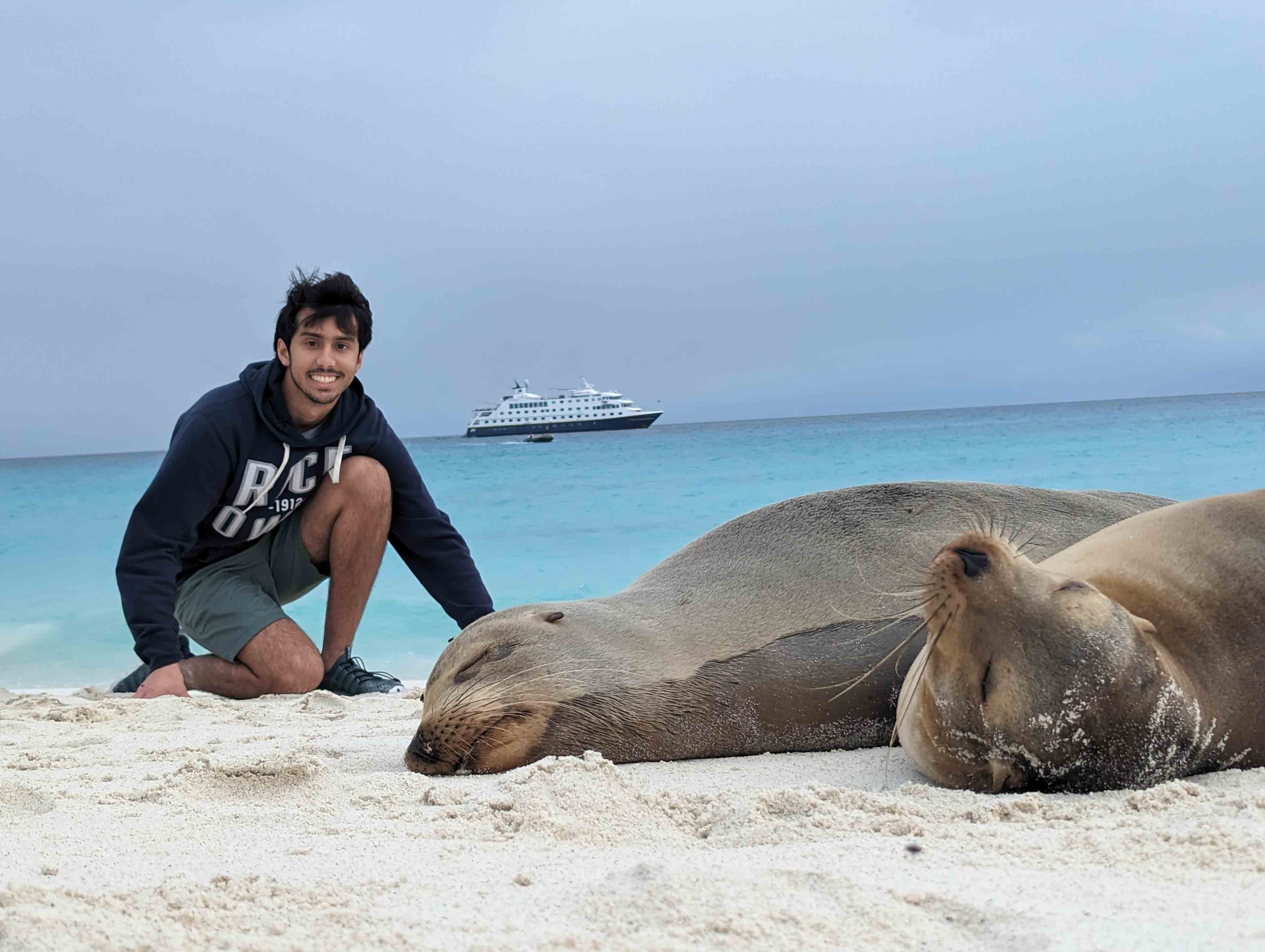
Ariaan Ghatate
[email protected]
Ariaan Ghatate is a sophomore in the Department of Computer Science at Rice University, pursuing a Double Minor in Data Science and Computational Applied Mathematics. Outside of academics, Ariaan enjoys playing tennis and is a passionate scuba diver who loves underwater photography.
Ariaan's research is focused on leveraging computational techniques to address complex scientific challenges. He is currently developing a model to predict mineral abundances in Martian rock samples using oxide abundances. Aiming to provide deeper insights into Martian geology. His goal is to contribute to the understanding of Mars, filling critical gaps in our knowledge of the planet's surface composition and history.
Sarah Preston
now at UCLA
Sarah (she/her) is a first-year PhD student at the University of California, Los Angeles department of Earth, Planetary, and Space Sciences, where she studies eolian sedimentology and geomorphology with Dr. Mackenzie Day. She graduated from Rice with a major in Earth, Environmental and Planetary Sciences and a minor in Environmental Studies in May 2023. As an undergraduate researcher in Dr. Siebach's lab, Sarah used imagery from the Mars Science Laboratory Curiosity rover's Mars Hand Lens Imager to analyze grain size in the Stimson sandstone formation, comparing grain size between ancient and modern sand dunes and interpreting their implications for paleoclimate and transport history.
She likes to think of geology as storytelling, and at UCLA, she studies dunes and eolian sedimentary rocks and the stories they tell about the interaction between planetary surfaces and atmospheres.
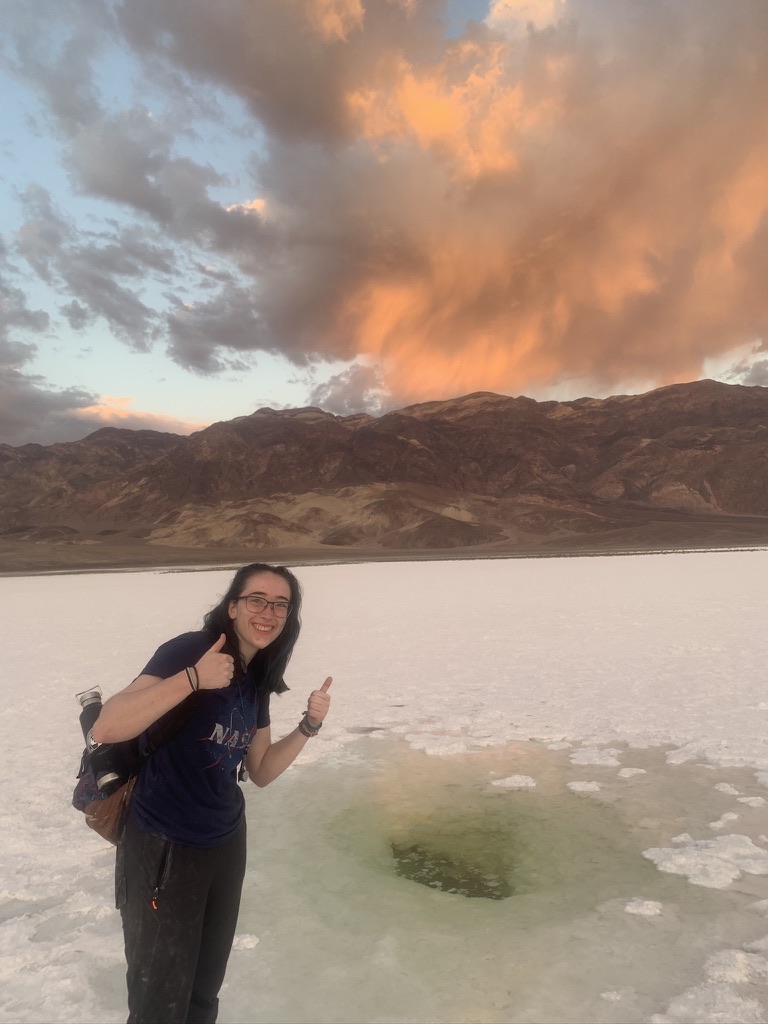
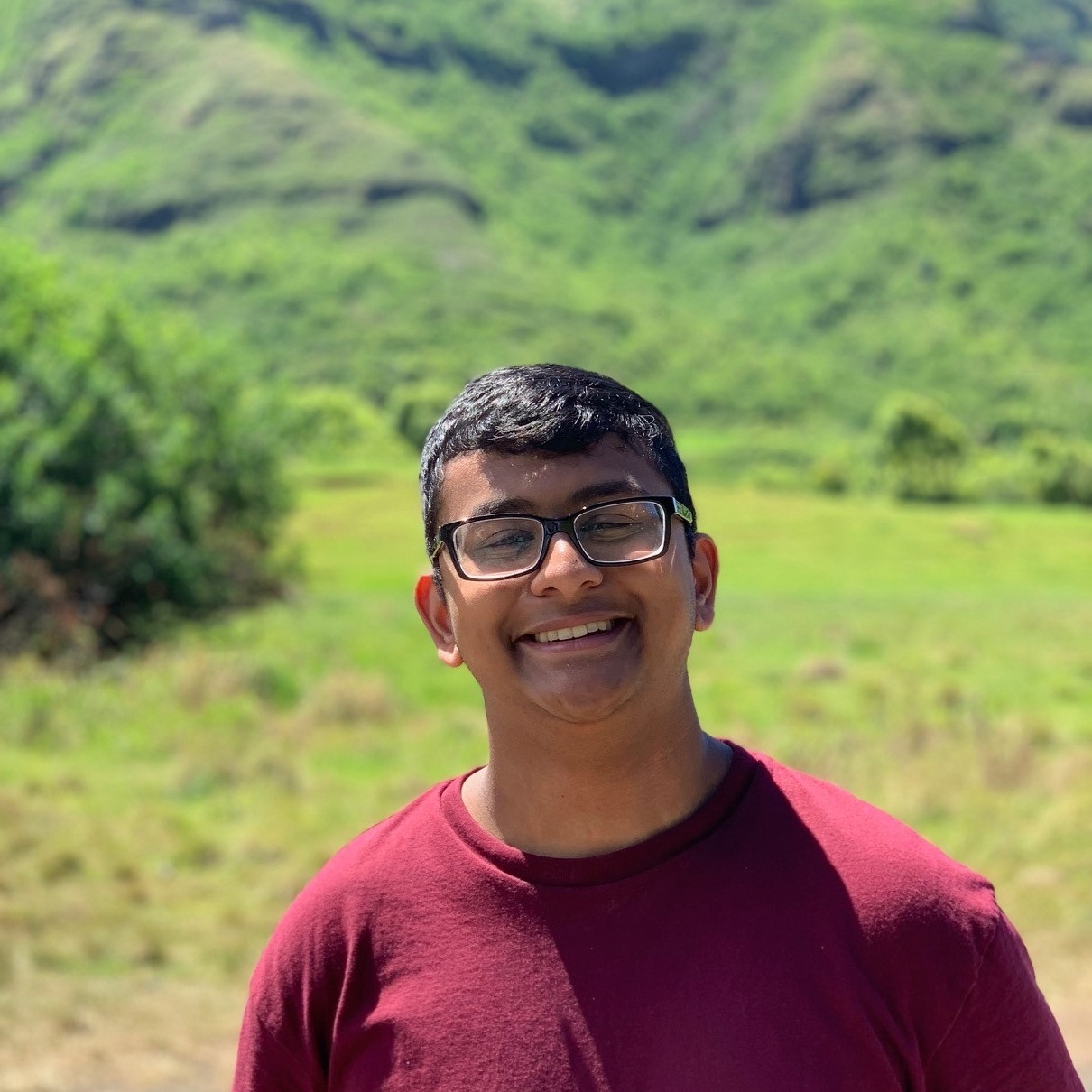
Bavan Rajan
now Geochemistry PhD student at WashU
Bavan was an undergraduate researcher in the Siebach Lab at Rice University in 2022-2023. He completed a Senior Honors Thesis using visual and near-infrared spectroscopy and speciation modeling to study the degradation of "Scholar's Way," a basalt sculpture at the Museum of Fine Arts, Houston.
Michael Thorpe
now at NASA Goddard/UMD
Dr. Michael Thorpe is an Assistant Research Scientist at University of Maryland and CRESST working at NASA Goddard (website). He is the Principal Investigator for the DIGMARS project (Digging Iceland Geology for Mars Analog Research Science), which supported two summers of research in Iceland for multiple members of the Siebach lab.
Mike was a Post-Doc between the Siebach lab and NASA-Johnson Space Center from 2018-2020. He wrote two papers based on his work:
Thorpe, M. T., and 31 coauthors, incl. K. L. Siebach, (2022) Mars Science Laboratory CheMin data from the Glen Torridon region and the significance of lake-groundwater interactions in interpreting mineralogy and sedimentary history, J. Geophys. Res., DOI: 10.1029/2021JE007099.
Thorpe*, M. T., J. A. Hurowitz, and K. L. Siebach, (2021) Source-to-Sink Terrestrial Analogs for the Paleoenvironment of Gale Crater, Mars., J. Geophys. Res., DOI: 10.1029/2020JE006530.
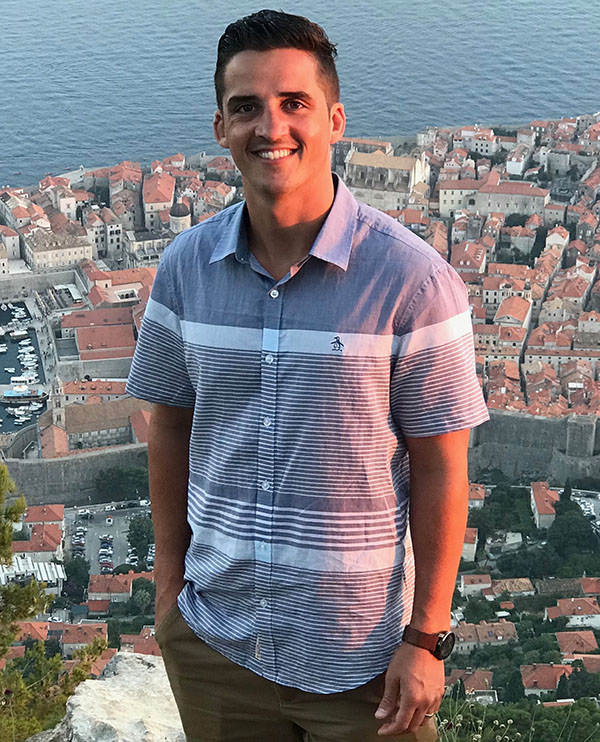
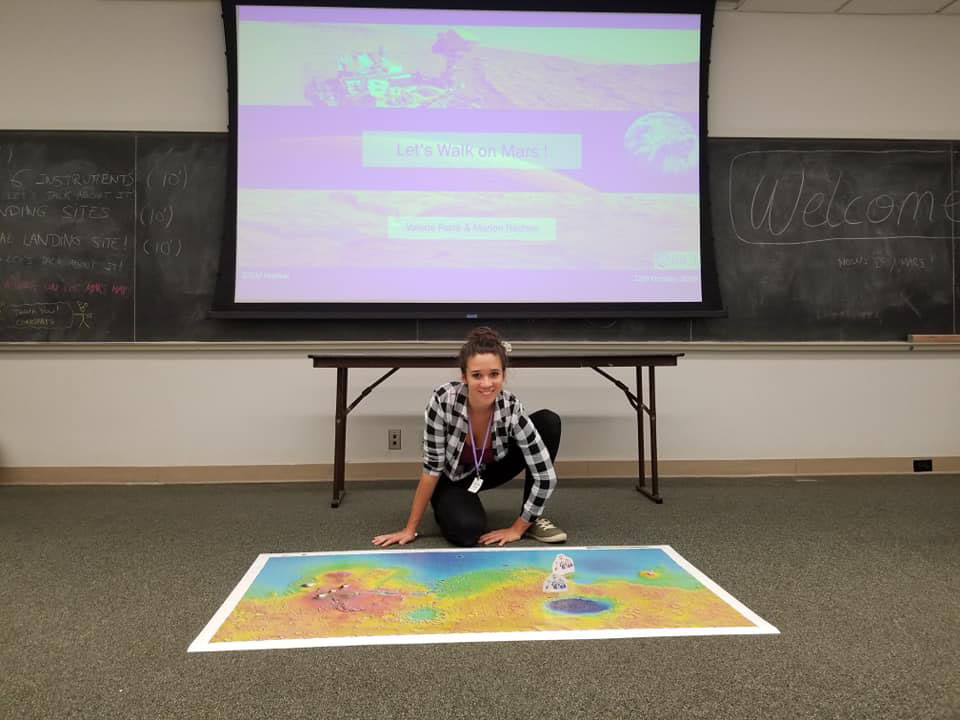
Valerie Payre
now at University of Iowa
Valerie is an Assistant Professor at the University of Iowa (website).
Valerie was a Weiss Postdoctoral Research Fellow at Rice University and worked in the Siebach lab from 2018-2020 focusing on Mars magmatic processes. She wrote two papers based on her work in the Siebach lab:
Payre*, V., K. L. Siebach, M. T. Thorpe*, P. Antoshechkina, E. B. Rampe, (2022) Tridymite in a Lacustrine Mudstone in Gale Crater, Mars: Evidence for an Explosive Silicic Eruption during the Hesperian., EPSL, DOI: 10.1016/j.epsl.2022.117694.
Payre*, V., K. L. Siebach, R. Dasgupta, A. Udry, S. Morrison, E. B. Rampe, (2020) Constraining ancient magmatic evolution on Mars using crystal chemistry of detrital igneous minerals in the sedimentary Bradbury group, Gale crater, Mars., J. Geophys. Res., DOI: 10.1029/2020JE006467.
Jessica Sheldon
now at Arcadis
Jessica Sheldon earned a Masters of Environmental Management from Duke University in 2023 and is now a Flood Resilience Planner at Arcadis.
Jessica was an undergraduate researcher in the Siebach lab at Rice University from 2018 to 2021 and completed a Senior Honors Thesis titled When is Drone Photogrammetry Useful for Flood Risk Assessment?


Madison Morris
now a PhD student at Stony Brook University
Madison Morris is a PhD student in the Hurowitz lab at Stony Brook University.
Madison was an undergraduate researcher in the Siebach lab at Rice University from 2019 to 2021 and completed a Senior Honors Thesis titled Characterizing Multiple Episodes of Fluid Alteration within Stimson Fracture Halos, Gale Crater, Mars. Rice did a profile about her in 2021, linked here.
Ross Kovtun
now at NASA-JSC
Ross Kovtun is a Lunar Geotechnical Scientist at Jacobs working at NASA Johnson Space Center.
Ross was a graduate researcher in the Siebach lab at Rice University from 2020 to 2021 and worked on understanding the influence of groundwater on the sedimentary deposits within Gale Crater by cataloguing distinct diagenetic features observed by the Curiosity rover, as well as preceding rover missions. He also began work on a proxy system model (PSM) in order to characterize the lake that existed within the Gale crater on ancient Mars.
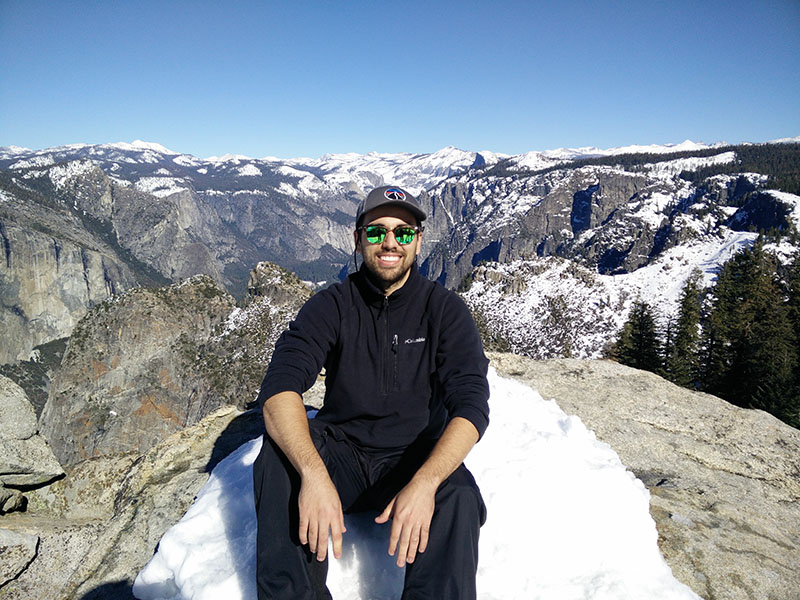
Facilities and Equipment
The Siebach lab includes a 650 square-foot dry lab space in the Keith-Weiss Geological Laboratory building at Rice University. We have a small conference/mission operations room with a 75” screen and remote conferencing equipment as well as a larger lab space for workstations and portable lab equipment. We have a portable/laboratory spectrometer for remote sensing as well as two drones, a classic Phantom 4 Pro and a modified multispectral Phantom 4 Pro.
Professor Siebach also manages the Chevron Visualization Laboratory within the Keith-Weiss building. The Visualization Laboratory includes a 16’x9’ screen with active 3D glasses, described here.